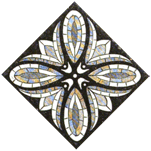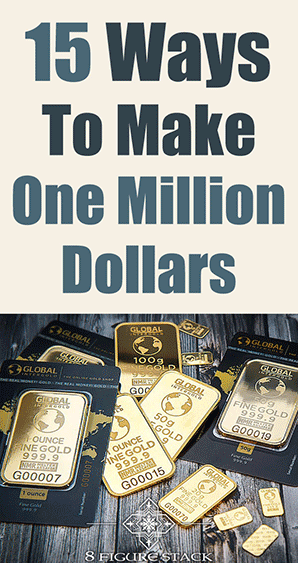Shibuichi
Share this page:
What is Shibuichi?
Metalworking is a highly valued craft in Japanese culture, with examples of highly ornate and exemplary forms of the craft dating back to medieval Japan. Many of the techniques employed in Japanese metalworking were relatively unknown outside its borders, making some of the techniques they employed unique to their culture. Among these uniquely Japanese methods of metalworking is known as shibuichi, (lit. ‘one-fourth). Shibuichi is a type of silver alloy composed of varying amounts of copper and silver. Akin to shakudo which was an alloy of copper and gold, shibuichi was also used during the times of feudal Japan to create fittings and accessories for nihonto, or Japanese swords. During the Meiji Restoration, the wearing of swords in public as well as its manufacture began to be banned[1] , and the creation of shakudo as well as shibuchi could no longer be employed in the beautification of daisho (sword sets). Japanese artisans then took the practice of shibuichi and gave it a more practical purpose, by creating tiny figures or highly ornate miniature pieces that could be worn as ornaments or jewelry.
A typical shibuichi alloy is composed of one part silver to three parts copper (hence the name, ‘one-fourth’), although more expensive types of shibuichi could contain as much as 30% silver with the remaining metal being copper[2] . Depending on the composition of the metals, a wide array of shades reminiscent of the play of dark and light (chiaroscuro) could be achieved[3] ; at other times, minute amounts of gold were incorporated to further accentuate the piece. Originally made into highly ornate ornaments for swords such as handle amulets (called menuki), the practice of creating miniature objets d’art from shibuichi continued to flourish despite the Meiji prohibition in the form of tiny figures or accessories that ornamented everyday objects such as fans, Japanese smoking pipes (kiseru), as well as an assortment of accessories that could be worn as jewelry. Due to the scarcity of silver in Japan, shibuichi that contained higher proportions of silver were very expensive and were available only to individuals who had the means to afford them. For everyday examples of shibuichi, a composition consisting of higher amounts of copper with only trace amounts of silver was made. Just like shakudo, shibuichi often underwent a ‘laquering’ or patinating process as part of the overall aesthetics of the craft. This patination process involved the use of a solution of lye, copper acetate, and calcium carbonate, creating a solution known as rokusho[4] . The rokusho solution would create a patina on the surface of the shibuichi, darkening the copper in the alloy into an inimitable misty aqua to nearly jet-black hue, while the silver in the alloy would be left as it was to be polished or left to patinate naturally, creating a very subtle contrast of dark blues and light grays, or grave blacks and eye-catching silver. Depending on the composition of the alloying recipe, as well as the amount of rokusho treatment, shibuichi samples would range from dark gray, silvery gray, black, or a combination of these colors, creating a dramatic and aged look so popular in the Japanese aesthetics of wabi-sabi[5] .
Shibuichi pieces were usually very ornately carved. In some instances, shibuichi was also employed in a special laminating technique known as mokume-game, where it was fused with other metals and hammered into a thin sheet that displayed an amazing array of designs. The technique for the creation of shibuichi was relatively unknown in the west until recent times, where many artisans now create pieces of exemplary quality and workmanship. Modern shibuichi pieces can now be bought online for relatively affordable prices ranging in the low hundreds, while antique examples of shibuichi are highly collectible and are considered heirloom pieces.
Shibuichi - References:
[1] http://en.wikipedia.org/wiki/Sword_hunt#Sword_ban_in_Meiji_Restoration
[2] http://jimkelso.com/japanalloys.htm
[3] http://www.fwbradbury.co.uk/japanesemetalwork/making-shakudo-and-shibochi
[4] http://en.wikipedia.org/wiki/Rokush%C5%8D
[5] http://en.wikipedia.org/wiki/Wabi-sabi

Content researched and created by Alexander Leonhart for coinandbullionpages.com © coinandbullionpages.com
Note - this site provides general information about coins and bullion. None of the contents of this web site should be seen as financial or investment advice.



